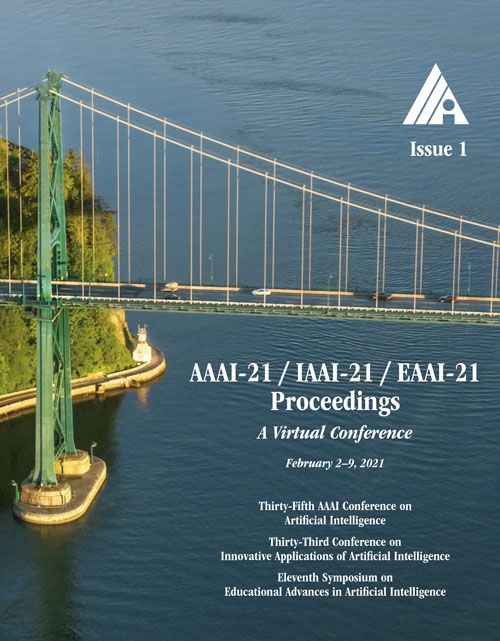A Bottom-Up DAG Structure Extraction Model for Math Word Problems
DOI:
https://doi.org/10.1609/aaai.v35i1.16075Keywords:
Education, Information Extraction, Lexical & Frame Semantics, Semantic Parsing, ApplicationsAbstract
Research on automatically solving mathematical word problems (MWP) has a long history. Most recent works adopt Seq2Seq approach to predict the result equations as a sequence of quantities and operators. Although result equations can be written as a sequence, it is essentially a structure. More precisely, it is a Direct Acyclic Graph (DAG) whose leaf nodes are the quantities, and internal and root nodes are arithmetic or comparison operators. In this paper, we propose a novel Seq2DAG approach to extract the equation set directly as a DAG structure. It is extracted in a bottom-up fashion by aggregating quantities and sub-expressions layer by layer iteratively. The advantages of our approach approach are three-fold: it is intrinsically suitable to solve multivariate problems, it always outputs valid structure, and its computation satisfies commutative law for +, x and =. Experimental results on Math23K and DRAW1K demonstrate that our model outperforms state-of-the-art deep learning methods. We also conduct detailed analysis on the results to show the strengths and limitations of our approach.Downloads
Published
2021-05-18
How to Cite
Cao, Y., Hong, F., Li, H., & Luo, P. (2021). A Bottom-Up DAG Structure Extraction Model for Math Word Problems. Proceedings of the AAAI Conference on Artificial Intelligence, 35(1), 39-46. https://doi.org/10.1609/aaai.v35i1.16075
Issue
Section
AAAI Technical Track on Application Domains

